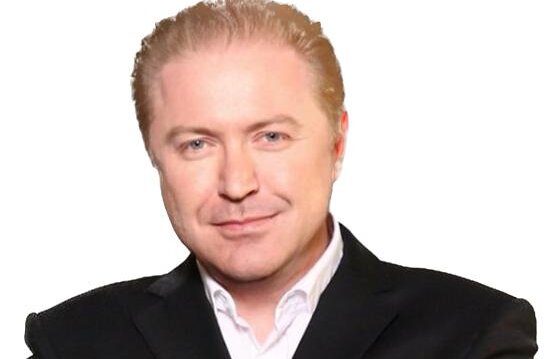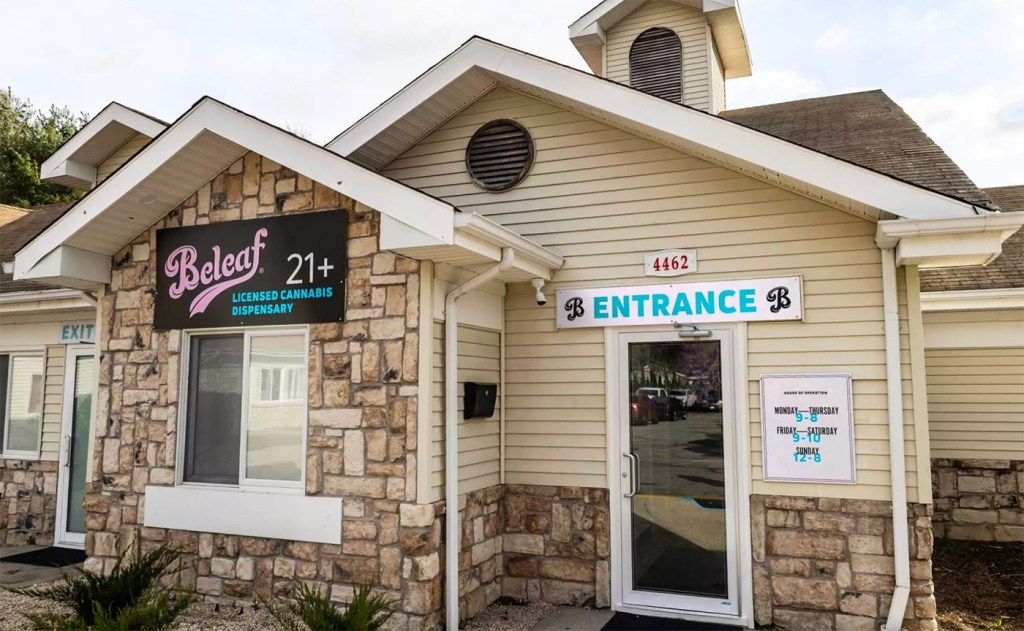Meet Dr. David Shusterman, Leading Hamptons Healer

Dr. David Shusterman practices modern medicine and is on a mission to get other doctors to do so, and for patients to demand it. For Shusterman, modern medicine starts with diagnostics, and leads to minimally invasive procedures.
“I practice modern urology,” says Shusterman, whose office is in Midtown Manhattan. “We need better diagnostics and better treatment. We tend to go very slowly in medicine. Instead, we need to use technology to advance what we do.”
While the average patient may think their doctor is “modern,” Shusterman contends that most hospital-trained doctors — which all doctors are, are taught to rely on maximally invasive treatments and poor diagnostics, many of which are lucrative for a hospital and often are not the best for the patient.
“Many doctors don’t perform diagnostics in the office,” says Shusterman, who earned his medical degree from SUNY Stony Brook and did his residency in urology at Rutgers. “Instead, they rely on the patient to tell them how they are feeling. Most of our medical conditions you cannot adequately evaluate with a simple history and physical, so you can’t diagnose adequately based solely on how the patient says they’re feeling.”
Shusterman says that modern practices should have the capacity to both perform adequate diagnostics and modern treatment procedures in-office. Preferably on the first visit.
“From the first visit, we’re performing indicated diagnostics,” says Shusterman, who adds that he wants an educated patient who isn’t afraid to ask questions and demand cogent answers. “If a patient needs blood work, an ultrasound or other diagnostic procedures, we can do that in my office. We also can perform treatments with or without anesthesia in the office.”
For example, this practice is known for its Prostate Artery Embolization treatment to shrink enlarged prostate without surgery and is the least invasive treatment for prostate enlargement at this point. His practice is the leading provider of this modern technology. While only a few doctors are even aware of this treatment for prostate enlargement (BPH).
He is not an advocate of maximally invasive procedures, saying that they often may not be the best procedure for his patients. If something is too invasive there are usually better alternatives.
“What I want, in addition to doctors practicing modern medicine, are patients who educate themselves and who are comfortable asking questions. A doctor who is confident in his or her skills is going to welcome your questions.
He also wants patients to keep in mind that despite all their training, doctors don’t know everything. Shusterman is a specialist in minimally invasive procedures, but if his patient does need an invasive procedure, he would refer them to a specialist in that area.
“We as doctors are paid to advise patients,” he says. “There are doctors who want to tell you what you should do. That is paternalism, which is like a parent telling their child what they should do. That’s not how I like to treat my patients.
“Here’s an example, someone is diagnosed with kidney stones,” Shusterman explains. “Some doctors either want to do nothing and assume the stones pass on their own. Others want to do a multi-surgery approach: one surgery to put in a stent and another to remove it, and you still need another surgery to remove the stones. This way is great for the hospital, but not for the patient. Our goal should be to cure the problem before you get a painful attack or treat patients with one minimally invasive treatment in our office if
possible.”
If a patient comes in with a history of kidney stones and symptoms, the first thing Shusterman suggests is an ultrasound, and blood and urine testing. Once he has a diagnosis, then he likely will suggest a non-invasive procedure such as ESWL or waiting, if appropriate. This approach has a high success rate and a minimal rate of complications.
Extracorporeal shock wave lithotripsy uses shock waves to break up stones in the urinary tract. It is the best noninvasive treatment for kidney stones. Patients don’t even need to take their clothes off to have the procedure.
He encourages patients to not be afraid to ask about their prospective doctor’s credentials and diagnostic practices. Also, the patient should be comfortable with how a diagnosis is made. His practice performs blood work, X-rays, ultrasounds and other procedures in office and has a diagnosis in most instances before the patient leaves the office.
“If the doctor is telling you something and you either can’t understand what they’re telling you or how they came to the diagnosis, be suspicious,” Shusterman says. “If they are recommending a very invasive procedure, ask if there is a less invasive alternative. What is the doctor’s bedside manner? A poor bedside manner should not be tolerated. Ask how many times the doctor has performed the procedure. Does the doctor answer questions completely, or evasively? And, don’t be afraid to get a second opinion. The doctor is working for you. You should be comfortable with and confident of the diagnosis and treatment plan. You are not doing anything wrong if you want to change doctors. The patient should be the boss, not the insurance company or the hospital.”
Shusterman says his ultimate goal is to give the patient the peace of mind that comes with a definitive diagnosis and a course of treatment. Then, let the patient decide what’s best for themselves.
Shusterman’s practice, NYMD Center, includes three gynecologists, two primary care physicians, an interventional radiologist and six physician assistants. They have offices in Manhattan and Forest Hills and specialize in diagnosing and treating urologic conditions, including enlarged prostate and prostate cancer, overactive bladder, kidney stones and erectile dysfunction.
“I’m not trying to put down other practices,” says Shusterman, who is heralded for his minimally invasive prostate procedures. “We simply need to modernize our diagnostics and treatments. We also need to use technology to advance what we do. We can’t just stick to what we learned thirty years ago and think we are doing the best for our patients today.”
Shusterman says his tag line is most appropriate, which states: Modern technology. Better care.
Todd Shapiro is an award-winning publicist and associate publisher of Dan’s Papers.



